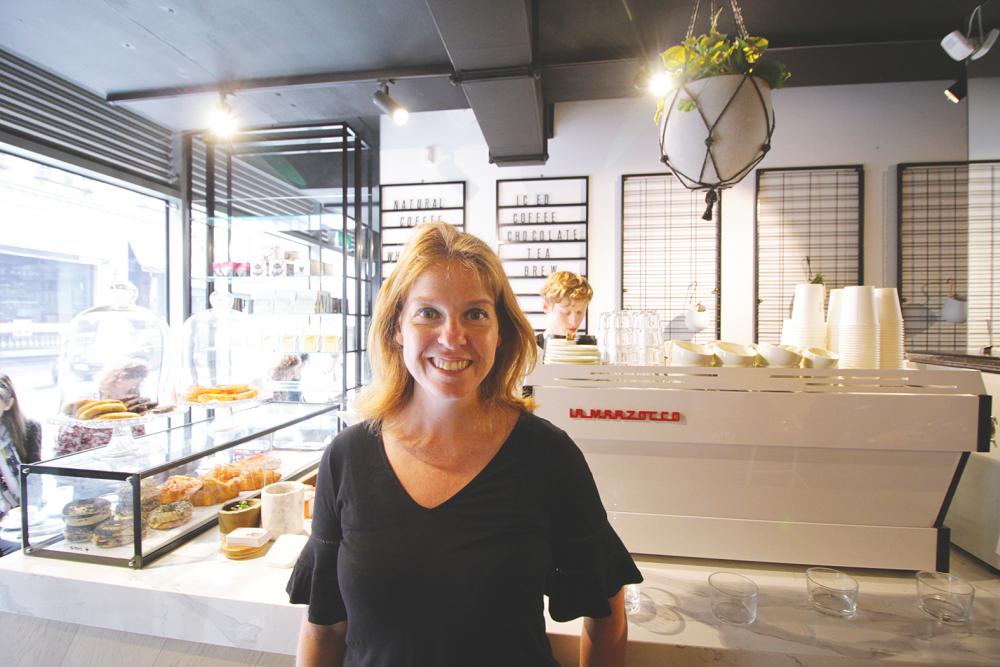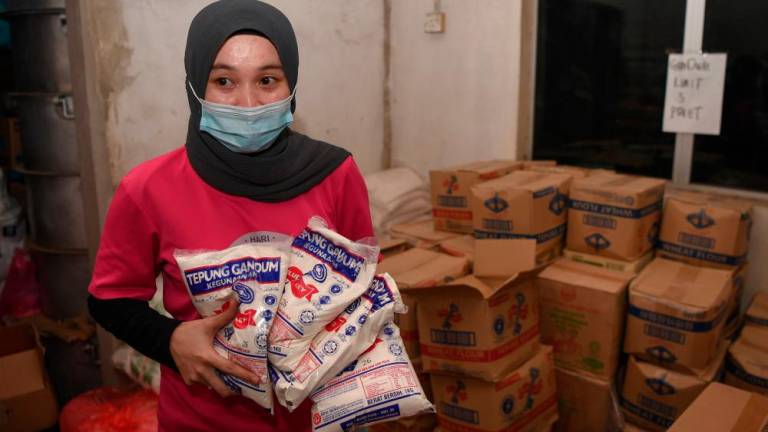The expansive coffee culture in the Australian city of Melbourne indicates its denizens’ deep love for the perfect cup of coffee, which is never taken lightly.
With little cafés and bigger coffee shops sprinkled throughout the Hoddle Grid and tucked in laneways, it’s no wonder that the air around the Victoria state capital is perfumed with the lingering smell of roasted coffee beans.
There really is no better way of exploring Melbourne’s CBD (central business district) than on foot, and when you couple that with a leisurely hunt for a shot of caffeine, you will find that the Italians’ impact on this beverage has turned coffee-making into an art in this city.
“The first café in Melbourne to pour espresso shots was Pellegrini’s café on the top end of Bourke Street, and it is still here today,” explained Monique Bayer during her Coffee Lovers Walk.
Bayer created Walk Melbourne – a discovery of the city through ‘food and foot’ – which includes tours like Dumpling Discovery Walk, Rooftop Bars Walk, The Melbourne Experience, and, of course, the Coffee Lovers Walk.
Unlike a typical dry tour that is set to fast-forward, a day out with Bayer is not only comfortably relaxed, but made fascinating with her expertise on the topic of coffee as she takes you to handpicked coffee spots in the city.
And then there’s also the added bit of history, such as with the family-run Pellegrini’s Espresso Bar, touted to have one of the first espresso machines in the city.
“They haven’t changed their beans. It’s very typical for Italians,” she continued. “They haven’t changed their beans since the owners bought it in 1974, and that’s because the way Italians like their coffee is to be consistent all the time.”
The same big variety of beans are used to keep the overall flavour of the blend, even when one type of bean runs out – which Italians have a preference for roasting quite dark, added Bayer.
“That’s why espresso gets its reputation for being quite bitter, because that’s the way the Italians like to drink it,” she said.
But as taste buds for coffee developed, beans were graded and bought based on quality, and blends were limited to a few high-quality beans that complemented each other.
Bayer explained that a grade above 80 is considered by professionals as speciality coffee, and anything below that is commodity coffee.
Instead of drowning the flavours with a whole lot of beans, people began paying attention to the type of beans – it could be from Colombia or Ethiopia, for example – that matched and balanced each other’s flavours.
“Like a beautifully blended wine,” Bayer said, adding that “we also [now] roast the beans much lighter so that you get more flavour coming through that is less dark ashiness”.
The lighter roast also means more acidity, which is why most people who try speciality black coffee for the first time can find the taste slightly sour – which is a good thing, according to this Melbourne native.
Bayer explained: “Acidity is a good thing in coffee. Sweetness, fruitiness, earthiness – all those things come through rather than [just] burnt or overly nutty [flavours].”
Are there rules to mixing beans?
It’s up to the barista, said Bayer, adding that it is rare to find one who is also a roaster.
“There are lots of rules to roasting coffee and blending coffee, but if you know them, you can break them,” she said.
The self-described ‘coffee-nerd’ explained that when blending coffee, “you typically want a coffee that works with milk because of those highly acidic beans”.
Put it simply, she asked: “What happens if you put something sour with something creamy? Sometimes it curdles, sometimes the flavours clash. So that’s what happens in coffee.”
And with many cafés listing milk coffee as their speciality and some “85% of coffee sold in Melbourne [being] milk coffees”, a good blend that cuts through milk beautifully is practically a must.
And the result coffee lovers are looking for?
“Not too acidic, a little bit nutty, a bit of caramel in there – not caramel syrup, but the qualities of the bean are caramel,” said Bayer.
This trip was courtesy of Visit Victoria and AirAsia X, which recently transitioned to Melbourne’s Avalon Airport earlier this month.










